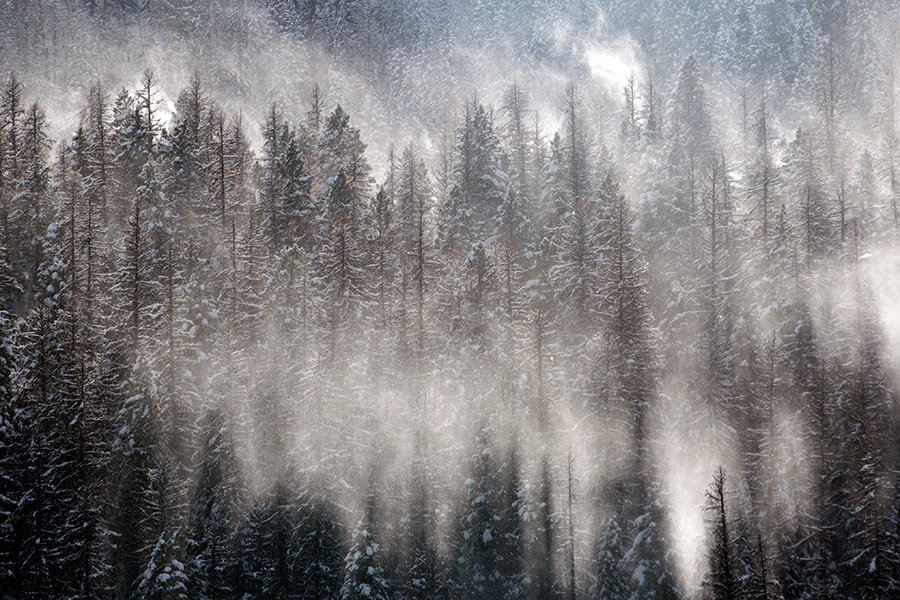Weather and climate experts are predicting a strong El Nino to settle in for the 2015-2016 winter season, with higher-than-average temperatures expected for the northern Rockies.
The National Oceanic and Atmospheric Administration (NOAA) released its U.S. Winter Outlook on Oct. 15, with predictions for one of the strongest El Nino seasons in decades.
Mike Halpert, deputy director at NOAA’s Climate Prediction Center, said El Nino should exert “significant influence” on weather and the climate in the approaching winter. This means above-average temperatures across much of the west and northern half of the contiguous United States, and below average temperatures in the southeast and southern plains.
Last winter showed signs of an El Nino season, National Weather Service meteorologist Chris Gibson said from his office in Missoula, but this year’s indicators, such as changing ocean temperatures, show that El Nino is all but guaranteed.
“This year the ocean temperature signals are stronger,” Gibson said, adding that the signals are the strongest since the El Nino of 1950. “The weather patterns we expect to lock in this year and be more El Nino related.”
Regarding precipitation, an El Nino pattern tends to mean drier-than-average conditions in the Northwest and northern Rockies, while the southern tier of the U.S. and southern New England will likely face wetter-than-average conditions.
Halpert said drought is likely to persist in the Pacific Northwest and northern Rockies, and Gibson said the snowpack this coming winter will likely stay below average.
“The only thing we can really say about a strong El Nino-type season is that by the end of the season we’re likely to have a below-normal snowpack in the mountains,” Gibson said.
The lack of snowpack would be the result of fewer winter storms than usual, which could mean colder temperatures in the valleys due to a lack of cloud cover. But inversion situations, when the clouds cover the valleys, leave the mountains in the sun, typically warmer and without additional snow.
Both Halpert and Gibson said El Nino predictions are about climate, and don’t necessarily predict the day-to-day and week-to-week weather, so snow enthusiasts shouldn’t lose hope just yet.
“It doesn’t mean we won’t have winter, by any means,” Gibson said.
Montanans still need to prepare for winter hazards, like tough driving situations, dangerous wind chill, cold outbreaks, and more, he said.
“There’ll still be good powder days for skiing,” Gibson said.
Last year’s winter produced record low snowpack levels across the western U.S., with the only holdouts being in higher elevations in the Rockies. Northwest Montana was one of the bright spots in the region, with above normal precipitation levels holding true through March.
Low snowpack means reduced streamflow in the spring and summer, and California continues to struggle through a years-long drought. Halpert said El Nino would likely help California regain some precipitation this coming winter, but not enough to undo the drought’s damage.
“One season of above-average rain and snow is unlikely to erase four years of drought,” Halpert said.
For daily weather forecasts, visit www.wrh.noaa.gov/mso.
